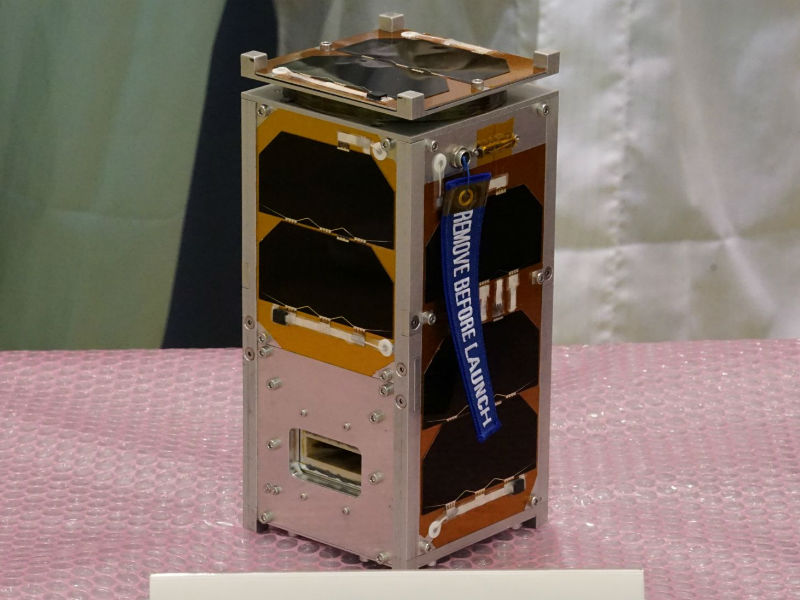Monday, 16th January 2017 was not less than a golden day for the multi-millionaire city Singapore. The city, on this day, has successfully added its name in golden letters in the history of the space exploration mission by launching its first-ever satellite. On 16th January 2017, the first-ever Singapore satellite called ‘AOBA VELOX-III’ took off from ISS for space, creating a first-of-its-kind record for the city. ‘AOBA VELOX-III’ is the first Singapore satellite to be launched from the International Space Station (ISS).
The nano-satellite weighs 2 kg only and is integrated with micro-thrusters which will allow it to stay in space for six months – two times more than it was initially proposed for. Rather than being blasted off from a launch rocket, the satellite was injected into orbit by a Japanese onboard astronaut at the ISS using a special launcher. The assigned tasks for this nano-satellite include the examination of a micro-force system, consumer-grade electronic elements, and a wireless communication structure.
The mission is a mutual venture between Nanyang Technological University (NTU), Singapore and Kyushu Institute of Technology (Kyutech), Japan. The satellite, after placing in the orbits will conduct multiple experiments and tests for evaluating the resilience of marketable off-the-shelf microprocessors in space. The course of the satellite is programmed at 400km above sea level and from this point; the space probe will carry out its assignments.
AOBA VELOX-III is the seventh satellite of the Nanyang Technological University. The last two satellites of the university were dispatched in December 2015. However AOBA VELOX-III is the Singaporean space probe to take wings from the International Space Station.
Commenting on this matter, Mr. Lim Wee Seng, the director of the NTU Satellite Research Centre said; AOBA VELOX-III will enhance the budding space industry of Singapore. It will pave the paths for the local talents to the global space industry Integrated with the disruptive technologies like the micro-thruster; the space probe will soon be followed by the second joint satellite with Kyutech. The successor of AOBA VELOX-III will motivate scientists to use small and maneuverable satellites for the future space missions.”
The second satellite is under development stage and is expected to be launched in the mid of 2018, said Professor Mengu Cho, Director of Kyutech’s Laboratory of Spacecraft Environment Interaction Engineering.
